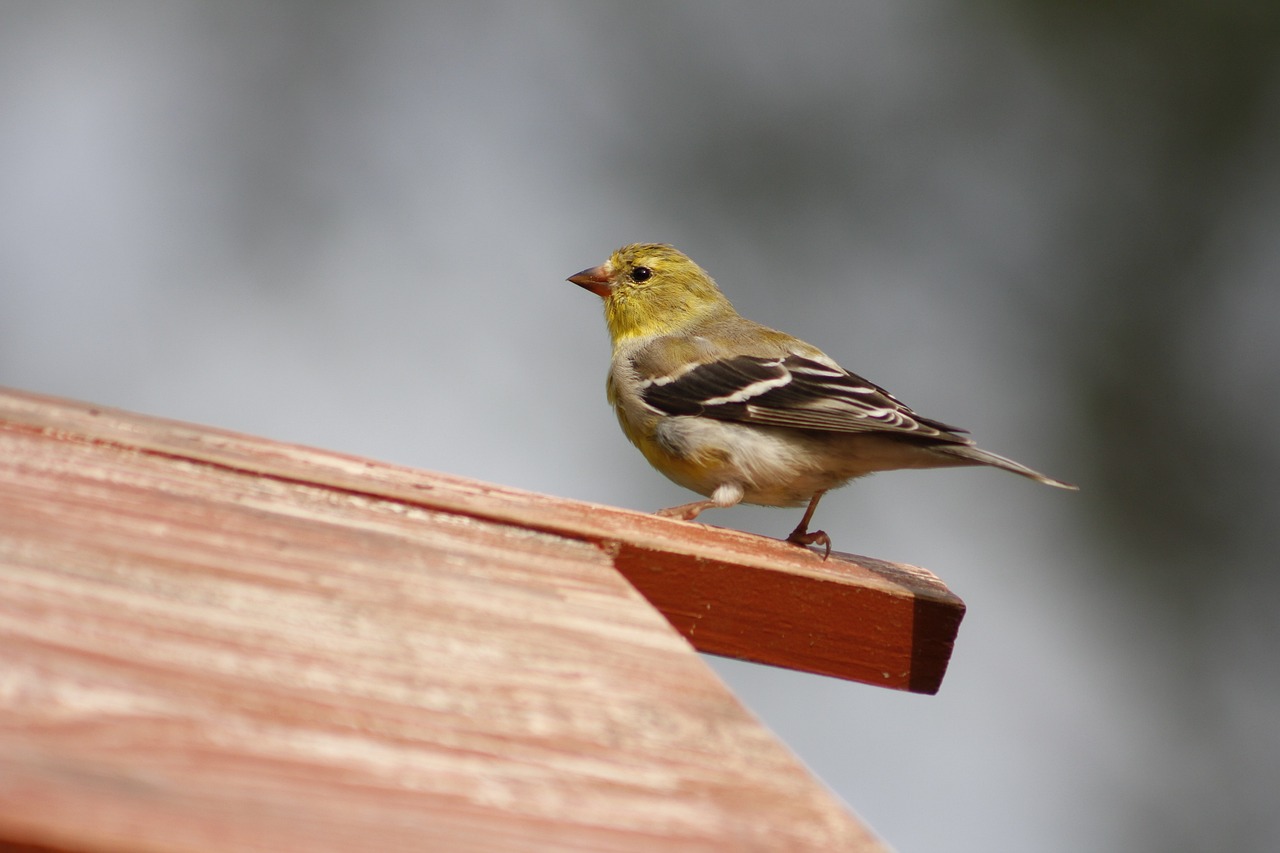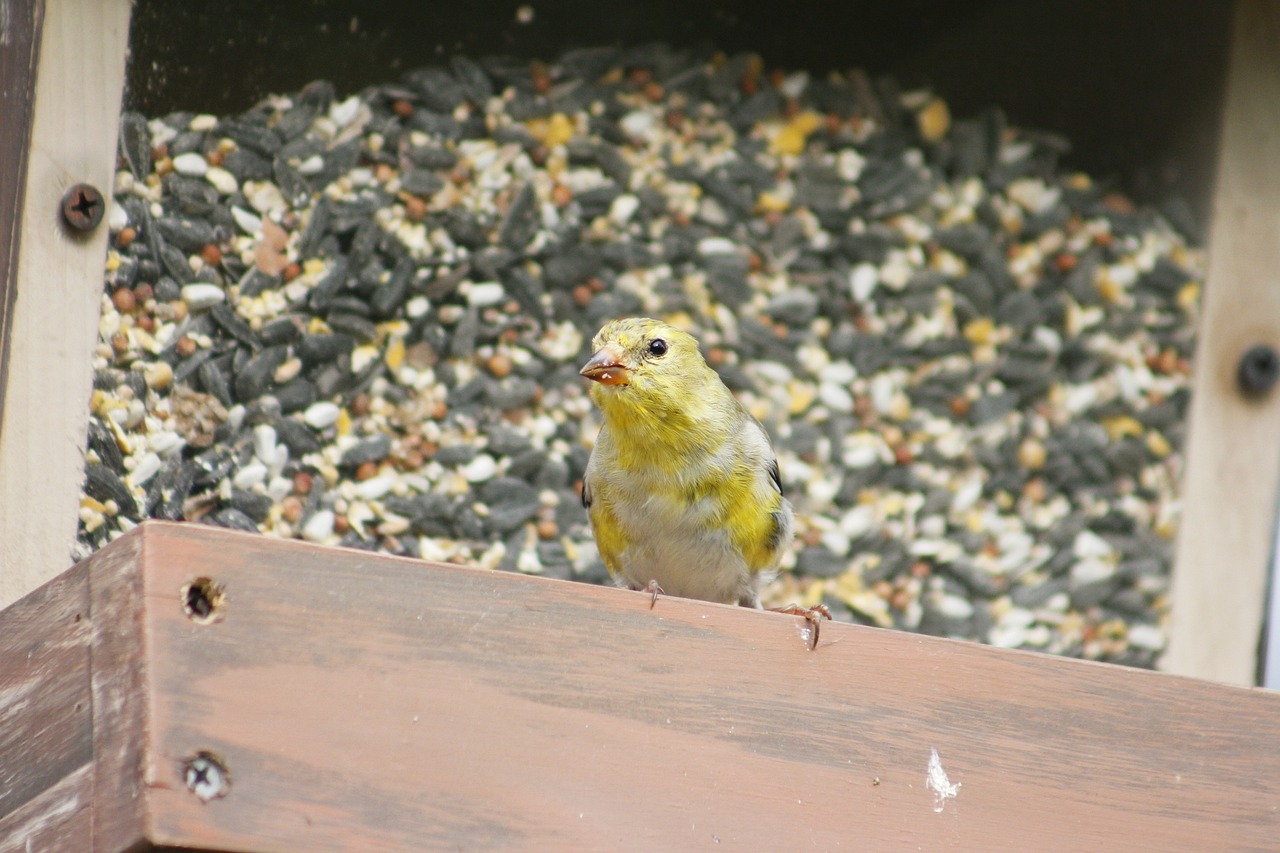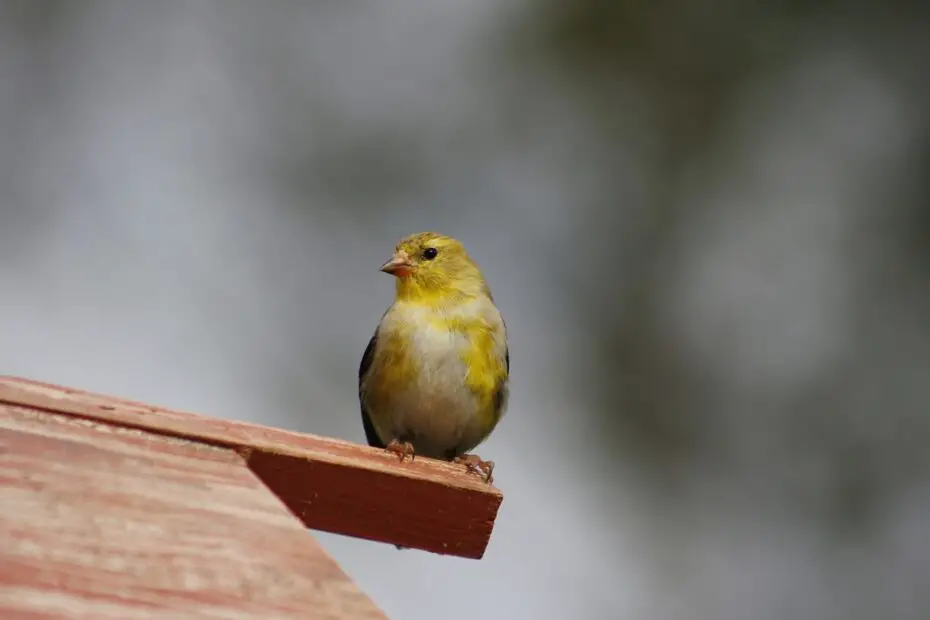Goldfinches are delightful little birds known for their vibrant yellow plumage and cheerful songs. If you’re a bird enthusiast and want to attract these beautiful creatures to your yard, providing them with the right food is essential. In this article, we will explore the dietary preferences of goldfinches and provide valuable insights ion gold finch food for these feathered friends.
You may also want to read about red birds.
Understanding Goldfinches
Before delving into their food habits, it’s important to understand goldfinches. These small songbirds belong to the finch family and are commonly found across North America. They are primarily seed eaters but also supplement their diet with nectar, pollen, and insects. By catering to their nutritional needs, you can create a bird-friendly environment that encourages their presence.
The Natural Diet of Goldfinches
In their natural habitat, goldfinches rely heavily on seeds as their primary food source. They have a particular affinity for various types of seeds found in plants such as sunflowers, coneflowers, and dandelions. Additionally, they also consume nectar and pollen, which provide them with essential nutrients and energy.

Seeds: A Staple in a Goldfinch’s Diet
Seeds form the foundation of a goldfinch’s diet. Their small beaks are adapted to extract seeds from seed heads, and they have a special preference for oil-rich seeds. Sunflower seeds, both black oil and striped, are a particular favorite among goldfinches. These seeds are high in fat content and provide them with the energy needed for their active lifestyle.
Nectar and Pollen: A Sweet Treat for Goldfinches
Apart from seeds, goldfinches also enjoy indulging in sweet treats like nectar and pollen. They are attracted to flowers such as thistles and milkweed, which produce nectar-rich blooms. By sipping on nectar and consuming pollen, goldfinches supplement their diet with additional sugars and proteins.
Supplemental Foods for Goldfinches
While goldfinches primarily rely on seeds, providing supplemental foods can enhance their diet and attract them to your yard.
Sunflower Seeds: Gold Finch Food
When it comes to supplemental foods, sunflower seeds steal the show. Goldfinches are particularly fond of black oil sunflower seeds. These seeds are rich in oils and nutrients, making them a highly nutritious option for these birds. Consider offering sunflower seeds in tube feeders or scattered on feeding platforms to entice goldfinches to visit your yard.
Nyjer Seeds: Gold Finch Food
Nyjer seeds, also known as thistle seeds, are another popular choice for attracting goldfinches. These tiny, black seeds are packed with essential oils and proteins. Goldfinches can easily grip onto the thin shells of nyjer seeds and extract the nutrients inside. Invest in a specialized nyjer seed feeder with small ports to accommodate their small beaks.
Fruits and Berries: Gold Finch Food
To provide a diverse range of food options, you can offer fruits and berries to goldfinches. They enjoy feasting on ripe berries, such as raspberries and blueberries. Apples, oranges, and grapes can also be sliced and placed on platform feeders for them to sample. Including fruits and berries in their diet not only provides nutrition but also adds a burst of color to your backyard.
Insects: Gold Finch Food
While seeds form the bulk of their diet, goldfinches also incorporate insects into their feeding routine. During the breeding season, adult goldfinches seek out insects as a protein source for themselves and their nestlings. Encourage insect activity in your yard by planting native plants that attract bugs, such as milkweed and coneflowers.

Feeders and Feeding Tips for Goldfinches
To make your yard a goldfinch haven, it’s crucial to set up appropriate feeders and follow some feeding tips.
Tube Feeders: Perfect for Goldfinches
Tube feeders with small perches and ports are ideal for attracting goldfinches. These birds are agile climbers and can easily maneuver around the feeder, extracting seeds with precision. Make sure to choose feeders with a capacity for sunflower or nyjer seeds and keep them well-stocked to keep the goldfinches coming back for more.
Platform Feeders: Ideal for Ground-Feeding Goldfinches
Goldfinches are also known to feed on the ground. Consider placing a platform feeder in your yard, stocked with a variety of seeds, fruits, and berries. This provides a convenient feeding spot for goldfinches that prefer to forage closer to the ground.
Feeder Placement: Attracting Goldfinches to Your Yard
To maximize the chances of attracting goldfinches, place your feeders in a strategic location. Position them near natural shelter, such as shrubs or trees, to provide a sense of safety for the birds. Additionally, ensure the feeders are visible and easily accessible. Keep in mind that goldfinches prefer open spaces, so avoid placing feeders in dense areas.
Seasonal Considerations for Goldfinch Feeding
Goldfinches’ dietary needs can vary throughout the year, so it’s essential to consider seasonal factors when feeding them.
Winter Feeding: Providing Sustenance in Cold Months
During the winter months, food becomes scarce for goldfinches. Offering a consistent supply of high-energy foods, such as sunflower seeds and suet, can help them survive the harsh conditions. Ensure the feeders are regularly filled, and consider providing a heated water source as well.
Breeding Season: Meeting the Nutritional Needs of Nestlings
During the breeding season, goldfinches have additional nutritional demands to support their nestlings. They require high-protein foods, including insects and caterpillars. Providing a mix of seeds, fruits, and insectscan help meet their nutritional needs during this critical period.
Conclusion
Feeding goldfinches requires an understanding of their natural diet and preferences. By offering a variety of seeds, including sunflower and nyjer seeds, along with supplemental foods like fruits, berries, and insects, you can create an inviting environment for these charming birds. Setting up appropriate feeders, such as tube feeders and platform feeders, and considering feeder placement based on their preferences can increase the likelihood of attracting goldfinches to your yard. Remember to adapt your feeding strategies to seasonal changes, ensuring they have sustenance during the winter and providing protein-rich foods during the breeding season. With these tips in mind, you can enjoy the beauty and delightful presence of goldfinches in your own backyard.
FAQs (Frequently Asked Questions)
- What other bird species are attracted to sunflower seeds? Sunflower seeds are popular among various bird species, including cardinals, chickadees, and titmice. They are a versatile and nutritious option for attracting a wide range of birds to your yard.
- Are there any specific types of berries that goldfinches prefer? Goldfinches are known to enjoy berries like raspberries and blueberries. These vibrant fruits offer both nutrition and visual appeal, making them a great addition to your goldfinch feeding routine.
- Can I feed goldfinches with bread crumbs or leftovers? It’s best to avoid feeding goldfinches bread crumbs or leftovers. These foods lack the necessary nutrients and can be detrimental to their health. Stick to their natural diet of seeds, fruits, and insects for optimal nutrition.
- Do goldfinches migrate? Yes, goldfinches are migratory birds. In many regions, they migrate south during the colder months in search of more abundant food sources. Providing food throughout the year can attract both resident and migrating goldfinches to your yard.
- How can I keep squirrels away from my goldfinch feeders? Squirrels can be persistent in their attempts to access bird feeders. Consider using squirrel-proof feeders with mechanisms that deter squirrels, such as weighted perches or squirrel baffles. Placing feeders away from trees or using squirrel-proof poles can also help prevent squirrel interference.
